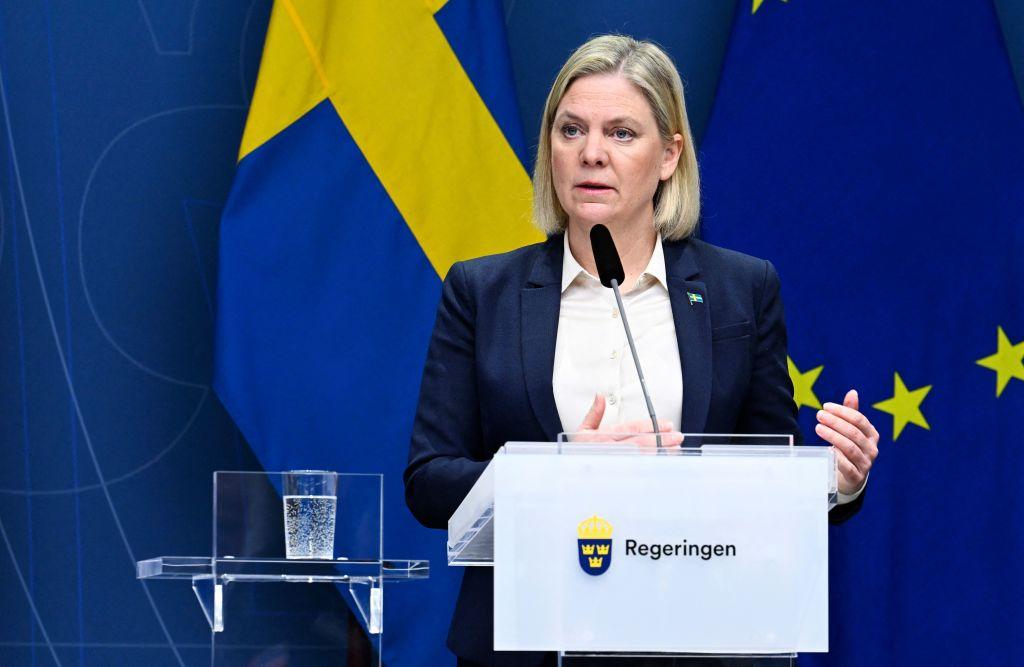
Credit: Jessica GOW / TT News Agency / AFP / Getty Images
Sweden has joined the growing list of European countries set to hike defense spending in response to Russia’s invasion of Ukraine. Sweden’s government announced it would raise spending on defense to 2% of gross domestic product (GDP) and that budgets would be allocated “as soon as it is practically...
Subscription Required
This content requires a subscription to one of the Aviation Week Intelligence Network (AWIN) bundles.
Schedule a demo today to find out how you can access this content and similar content related to your area of the global aviation industry.
Already an AWIN subscriber? Login
Did you know? Aviation Week has won top honors multiple times in the Jesse H. Neal National Business Journalism Awards, the business-to-business media equivalent of the Pulitzer Prizes.





